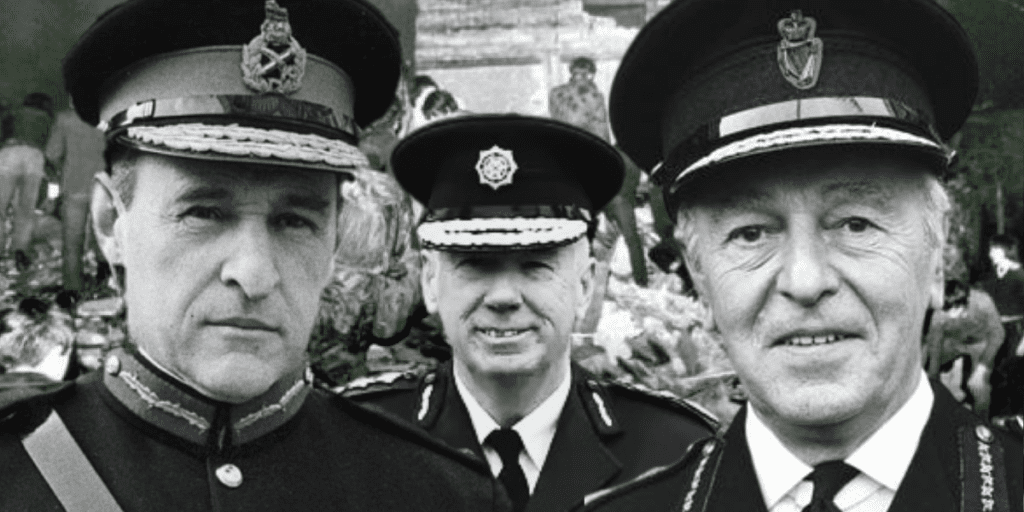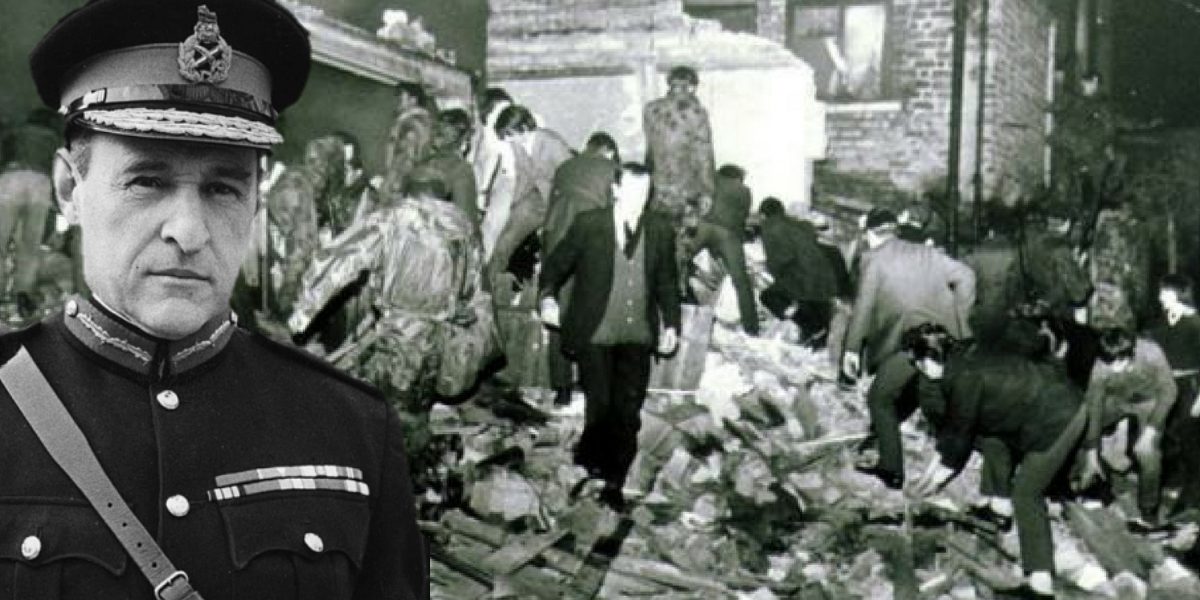The documents unearthed by Justice for the Forgotten and the Pat Finucane Centre and offered to the McGurk’s campaigners have proved invaluable to our research of the MRF (Irish News 3.3.10).
Their immediate importance is startling if only because they have cast light upon this shadowy offshoot of the SAS and the dirty war they waged against Catholic civilians in the early seventies: British army plain-clothed, patrols, the deployment of “enemy” weapons and the management of “Freds”, or turned informers, like Seamus Wright and Kevin McKee, are discussed openly.
The MRF’s two leaders, Captain James Alastair McGregor and Sergeant Clive Graham Williams, are now in focus due to their shooting of four unarmed civilians on the Glen Road on June 22nd 1972. They had used an “unapproved” weapon in the attack, a Thompson SMG, favoured by the IRA at the time, and Palace barracks had tried initially to cover up British army involvement. Also under the spotlight is the British authorities’ cynical defence brief and information policy regarding the incident, never mind their contemptible acquittal of the pair in 1973.
These are the same two covert operatives that we have demanded for years are questioned regarding black ops at the time of the McGurk’s Bar Massacre and beyond. In one of the military documents Captain James Alastair McGregor is recorded “as leader/commander of the MRF in Belfast”. It is essential, therefore, that he is questioned as McGregor’s MRF, we believe, planned the operation that lead to the death of these fifteen innocent men, women and children on the 4th December 1971.
It was an atrocity that showcased not only the potency of British collusion with their UVF counter-gang but also British control of the media, the RUC and malleable cabinet ministers. I believe, though, that the greater significance of these documents is manifest when we consider the attempted murders in their historical context.
The McGurk’s Bar Massacre, as discussed on our campaign website, was a bloody marker of how badly Catholic civilians were going to suffer in any escalation of war. The first few months of 1972 proved that further still as the North sank into an ever-increasing spiral of death and destruction. Nevertheless, there may have been a glimmer of hope that peace would break out when the IRA announced on the 22nd June 1972, two days after secret meetings with British officials from William Whitelaw’s office, that they would call a ceasefire from the 26th, four days later. This, of course, was the bi-lateral truce that was a prelude to IRA talks with the British government in London on the 7th July 1972.
On the day that the IRA announced their ceasefire, the British military had unfettered their MRF death squad and randomly tried to kill the four unarmed civilians in the incident on the Glen Road detailed above. They not only conspired to stoke further sectarian violence at a time when civilians may have hoped for peace, but also connived to ensure their covert operatives were never to be held accountable in a fair court of law.
Then on the 23rd June 1972 in North Belfast, just one day later and in another attempt at mass murder, a young 17 year old, called Patrick McCullough, was murdered in a copy-cat drive-by shooting of a group of Catholic youths whose age or sex was of little concern for the assassins – even a 14 year old girl was wounded in the neck.
Whether it was the MRF or their UVF counter-gang who perpetrated this killing is moot because the political intentions, the modus operandi and the terror were the same – certain sections of the British military obviously wished to thwart any burgeoning peace process.
Their success, in their own terms, was immediate. The truce collapsed and July 1972 became a graveyard for hope as all sides escalated the horror – nearly 100 souls were killed, amounting to the most violent month in the history of a war that lasted another generation.
Ciarán MacAirt, 7th March 2010


